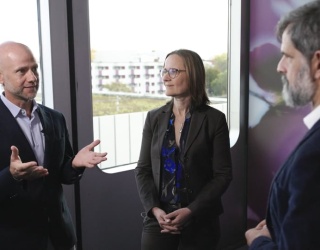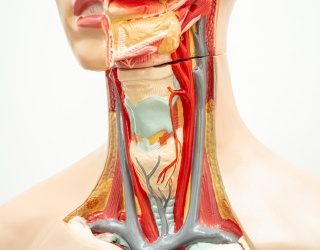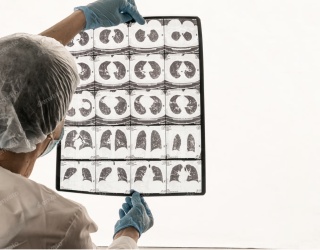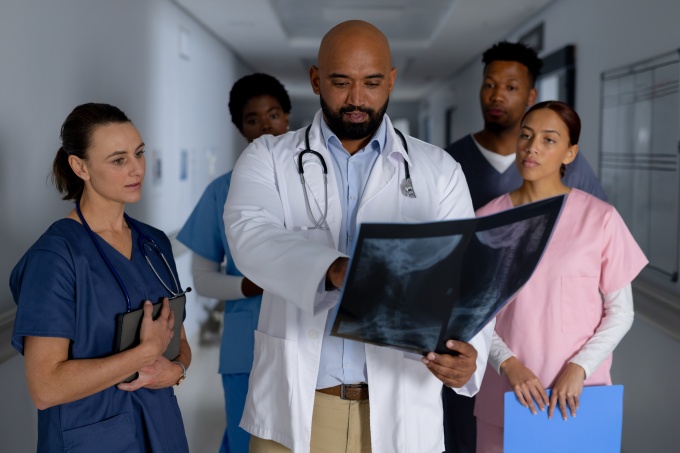
Survey data from the American Society of Radiologic Technologists (ASRT) and the Royal College of Radiologists (RCR) confirm ongoing workforce shortages in medical imaging. Vacancy rates remain high, and rising demand continues to strain services. Both countries are pursuing different strategies to address the crisis.
High Vacancy Rates Across All Imaging Disciplines
The 2025 Radiologic Sciences Staffing and Workplace Survey from the ASRT shows vacancy rates remain elevated across all medical imaging specialties. While some modalities such as radiography, sonography, and mammography showed modest decreases compared with 2023, others showed notable increases. Computed tomography (CT) reached an all-time high vacancy rate of 19.4%, MRI increased to 17.4%, and bone densitometry more than doubled to 16.3%.
In the U.K., the RCR 2024 workforce census found a 29% shortfall in clinical radiology consultants, projected to rise to 39% by 2029 if no action is taken. Demand continues to grow faster than the workforce: CT and MRI scans performed increased by 8% in 2024, outpacing the 4.2% growth in the radiology consultant workforce.
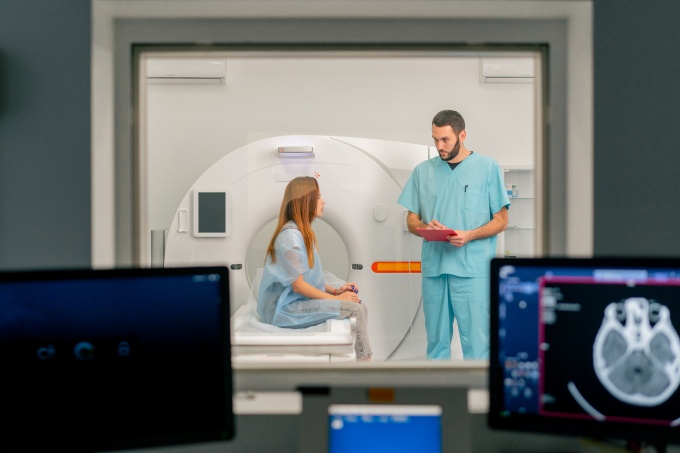
Implications for Patient Care
Persistent radiologist staff shortages increase workload for existing personnel, affecting diagnostic workflows and contributing to delays in patient care. Rising demand for CT and MRI exams, combined with limited radiology staffing, has widened the gap between capacity and clinical needs. According to the RCR, nearly all radiology leaders report that workforce shortages have already caused treatment delays.
Two Approaches, One Challenge
1. Strengthening the training pipeline
In the U.S., the ASRT highlights partnerships between practice managers and academic programs, along with campaigns that build interest in the imaging and radiation therapy professions. Some academic programs have reported applicant increases of up to 200%, following awareness initiatives such as the Be Seen campaign, which promotes the profession to middle and high school students, and the ASRT BeRAD Professionalism Award, which aims to elevate the profession’s visibility and recognition.
2. Optimize productivity through technology
The RCR emphasizes that training alone cannot resolve the radiologists shortage quickly enough. Proposed solutions include reassessing how consultant time is allocated and reviewing the structure and frequency of multidisciplinary team meetings.
Digital tools and new technologies, including artificial intelligence (AI), are also seen as part of the solution to support radiology teams. While AI cannot replace staff, it can streamline workflows, assist with routine tasks, and free specialists to focus on complex decision-making. With proper investment, technology could help ease immediate pressures.

Vacancy rates among imaging departments remain close to record highs. The U.S. approach emphasizes expanding training pipelines, while the UK strategy combines workforce advocacy with productivity gains through technology. However, both highlight a shared challenge: imaging demand continues to outpace staffing growth.
Workforce shortages in radiology can only be addressed through stronger training pathways, targeted use of technology, and closer cooperation across the profession.



